Aerobic and anaerobic exercise comparison: How can the elderly choose the right exercise scientifically?
For the elderly, scientific exercise can delay aging, enhance physical fitness, improve physical health and improve the quality of life. However, many people feel confused when choosing the type of exercise, especially when choosing between "aerobic exercise" and "anaerobic exercise".
These two forms of exercise have their own advantages, but they target different needs and abilities of the body, so the elderly should choose and match them reasonably according to their own situation.
This article will explore the differences between aerobic and anaerobic exercise in depth, analyze their different benefits for the elderly, and provide scientific exercise advice for the elderly.
Aerobic exercise: the key to improving cardiopulmonary health
1. What is aerobic exercise?
Aerobic exercise refers to exercise that is carried out continuously for a long time, with low intensity but requires a large amount of oxygen supply. This type of exercise emphasizes the body's endurance and cardiopulmonary function, including walking, jogging, cycling, swimming, and square dancing, which are all typical forms of aerobic exercise.
For the elderly, aerobic exercise is not only easy to get started, but also can significantly improve physical health.
2. Benefits of aerobic exercise
(1) Enhance cardiopulmonary function
Aerobic exercise helps the elderly to enhance the working capacity of the heart and lungs and improve blood circulation by regulating heart rate. Regular aerobic exercise can reduce the risk of cardiovascular diseases, such as hypertension and coronary heart disease, which is particularly important for the elderly.
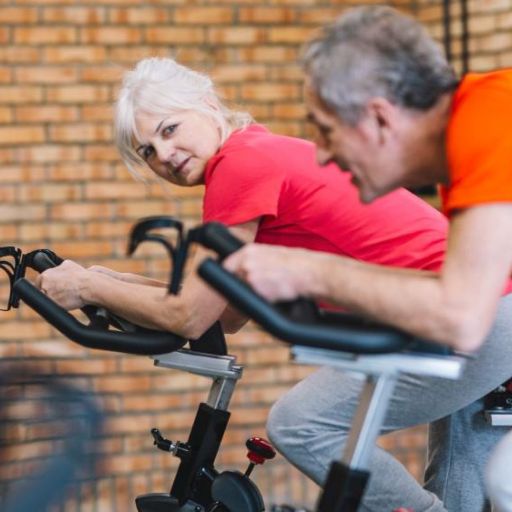
(2) Improve endurance
With age, the physical strength and endurance of the elderly will gradually decline. Aerobic exercise can gradually improve the endurance level of the elderly, increase physical strength in daily activities, reduce fatigue, and thus better cope with various physical exertion in daily life.
(3) Promote metabolism and weight management
Many elderly people face the problem of decreased metabolic rate and weight gain. Aerobic exercise can effectively speed up metabolism, help the elderly control their weight, and avoid health problems caused by obesity, such as diabetes and arthritis.
(4) Improve mood and mental health
In addition to physical health, aerobic exercise also has a significant impact on mental health. Appropriate aerobic exercise can release endorphins, make the elderly feel happy, reduce the incidence of anxiety and depression, and improve the sense of happiness in life.
3. Elderly people suitable for aerobic exercise
Aerobic exercise is suitable for most elderly people, especially those who want to improve cardiopulmonary function, maintain weight, and relieve symptoms of chronic diseases. For elderly people who are just starting to exercise, aerobic exercise is the best choice. You can start with low-intensity exercises such as walking and jogging, and gradually increase the intensity and time.
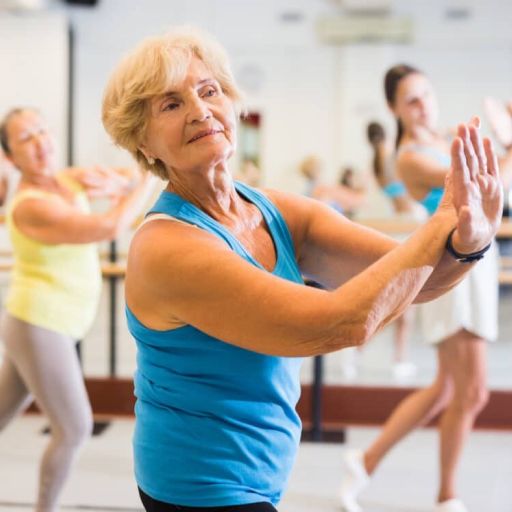
Anaerobic exercise: a guarantee for strengthening muscle strength and bone health
1. What is anaerobic exercise?
Aerobic exercise refers to high-intensity exercise in a short period of time, mainly aimed at strengthening muscle strength and explosive power. Anaerobic exercise usually does not require a large amount of oxygen. Weight training, push-ups, sit-ups, sprinting, etc. are typical examples of anaerobic exercise.
2. Benefits of anaerobic exercise
(1) Strengthen muscle strength
As the elderly age, their muscle mass will gradually decrease, and muscle atrophy will lead to a decrease in mobility. Anaerobic exercise can effectively strengthen muscle strength, help the elderly maintain their mobility, and prevent falls and fractures caused by muscle loss.
(2) Improve bone density
Osteoporosis is a common problem among the elderly, and anaerobic exercise, especially resistance training, can effectively stimulate bones, increase bone density, and reduce the risk of fractures. This is especially important for elderly women, who are more susceptible to osteoporosis.
(3) Improve metabolism and prevent muscle loss
Anaerobic exercise not only strengthens muscles, but also speeds up metabolism. As we age, our muscle mass decreases and our basal metabolic rate also decreases, which means that it is easier to gain weight. Through regular anaerobic exercise, the elderly can maintain a higher metabolic level, reduce fat accumulation, and prevent muscle loss.
(4) Improve balance and coordination
Enhanced muscle strength and body control can help the elderly maintain good balance and coordination. This is crucial for preventing falls and maintaining the ability to move independently in daily life, especially for the elderly who are at risk of mobility problems.
Elderly people suitable for anaerobic exercise
Anaerobic exercise is suitable for elderly people who want to increase muscle strength and improve bone health, especially those who already have a certain exercise foundation.
For elderly people who are new to anaerobic exercise, they can start with low-load, low-repetition weight training or resistance training, and gradually increase the intensity and difficulty of exercise. In addition, it is recommended to be carried out under professional guidance to avoid injuries caused by improper movements.
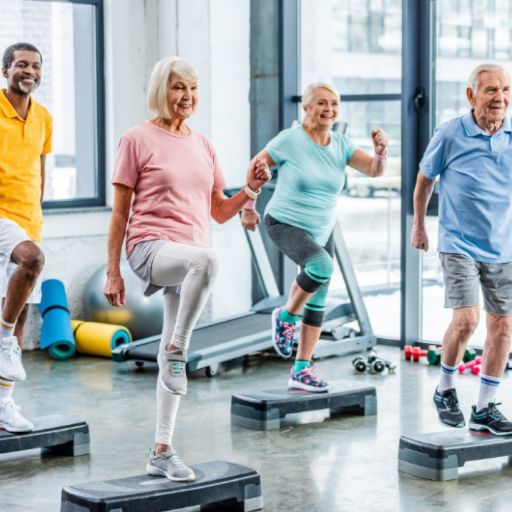
Comparison and combination of aerobic and anaerobic exercise
1. Differences between aerobic and anaerobic exercise
(1) Different energy consumption patterns
Aerobic exercise mainly uses oxygen to break down sugars and fats to provide energy, which is suitable for long-term low-intensity exercise; anaerobic exercise uses anaerobic metabolism to quickly break down glycogen in muscles to provide energy, which is suitable for short-term high-intensity exercise.
(2) Different exercise goals
Aerobic exercise focuses on enhancing cardiopulmonary endurance and promoting fat burning, while anaerobic exercise focuses on increasing muscle strength and improving bone health. The exercise goals of the two have different focuses, but both are essential to physical health.
(3) Differences in applicable populations
Aerobic exercise is suitable for most elderly people, especially those with poor physical fitness or those who have just started exercising; anaerobic exercise is more suitable for elderly people who want to increase strength and improve metabolism, and is usually recommended after having some exercise experience.
2. The complementary relationship between aerobic and anaerobic exercise
Although aerobic and anaerobic exercise have different focuses, they do not exist in isolation. In fact, the two complement each other. In daily exercise, the elderly can achieve more comprehensive health goals by combining aerobic and anaerobic exercise.
(1) Balance between cardiopulmonary and strength
Aerobic exercise enhances cardiopulmonary function, while anaerobic exercise enhances muscle strength. By combining these two types of exercise, the elderly can maintain good cardiopulmonary health and sufficient muscle strength at the same time, making them more flexible and at ease in their daily lives.
(2) Promoting fat burning and muscle growth
Aerobic exercise can effectively burn fat, while anaerobic exercise helps to build muscle. By combining these two types of exercise reasonably, the elderly can not only effectively control their weight, but also avoid muscle loss and keep their body firm.
(3) Preventing chronic diseases and enhancing mobility
Aerobic exercise can reduce the risk of chronic diseases, while anaerobic exercise can enhance mobility and stability. By scientifically combining the two types of exercise, the elderly can reduce the occurrence of cardiovascular diseases and improve the autonomy and safety of daily activities.
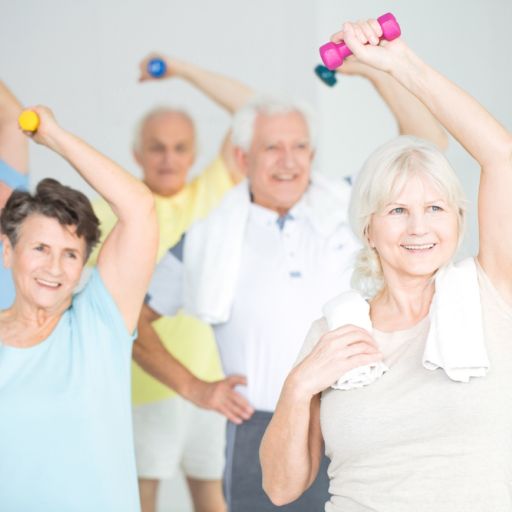
Recommendations for scientific exercise for the elderly
1. Exercise intensity and frequency
When doing aerobic and anaerobic exercise, the elderly need to adjust the intensity and frequency of exercise according to their own situation.
Generally speaking, at least 150 minutes of moderate-intensity aerobic exercise, such as brisk walking and swimming, should be performed per week; anaerobic exercise can be performed 2-3 times a week, with strength training of no more than 30 minutes each time.
Gradually increase the intensity according to personal physical condition, but avoid excessive exercise and maintain a moderate and continuous exercise rhythm.
2. Professional guidance and health monitoring
Before starting a new exercise plan, the elderly should consult a doctor to ensure that their physical condition is suitable for exercise.
At the same time, it is recommended to perform anaerobic training under the guidance of a professional coach to avoid injuries caused by improper posture. Regular physical examinations should be conducted to monitor the body's health indicators and adjust the exercise plan to adapt to physical changes.
3. Proper warm-up and relaxation
Whether it is aerobic or anaerobic exercise, the elderly should fully warm up before exercise to help the body enter the exercise state and reduce the risk of sports injuries. After the exercise, some stretching exercises or a relaxing walk can be performed to help the body gradually return to normal.
4. Diet and rest
Exercise is inseparable from diet and rest. After exercise, the elderly should supplement enough protein and water to help muscle recovery and body energy. At the same time, adequate rest helps the body to repair and adapt itself, and avoid fatigue and injury caused by excessive exercise.
Summary
The elderly can effectively improve their physical health and delay the aging process by reasonably choosing and combining aerobic and anaerobic exercise.
OTHER NEWS
-
- Golf, an activity where you can enjoy the natural scenery!
- By LH 29 Sep,2024

-
- How do the elderly stay healthy and energetic by walking their dogs?
- By zh 09 Oct,2024
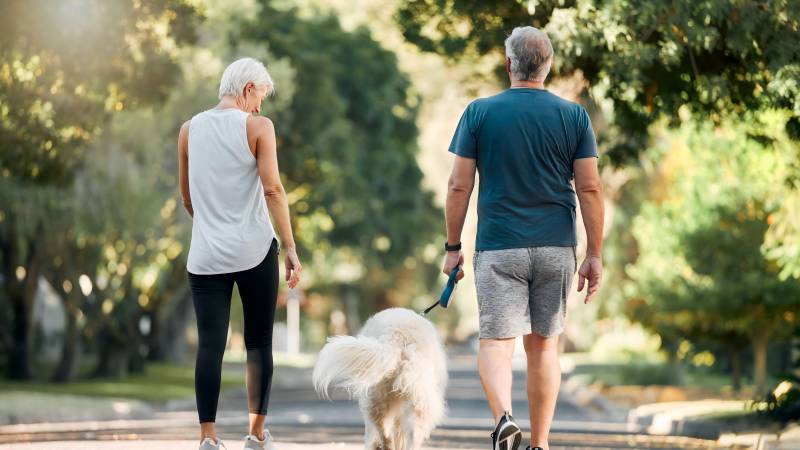
-
- Yoga for the elderly, fall and winter seasons for health and well-being
- By yl 26 Sep,2024
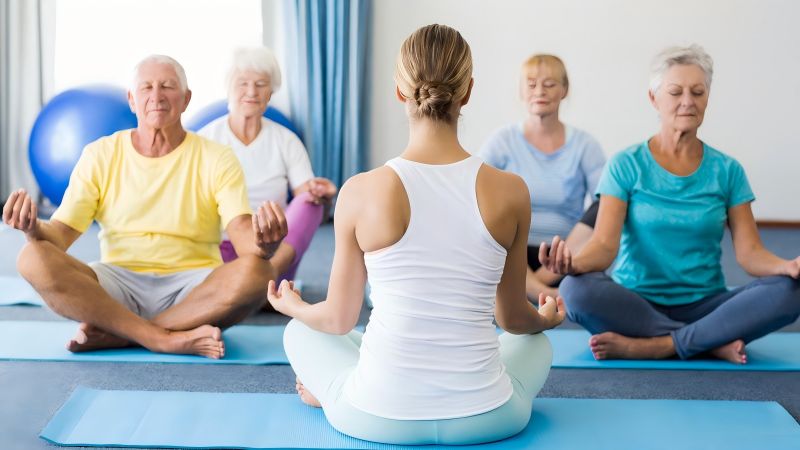
-
- Embrace the golden season on two wheels and keep your body energized!
- By YCY 24 Sep,2024
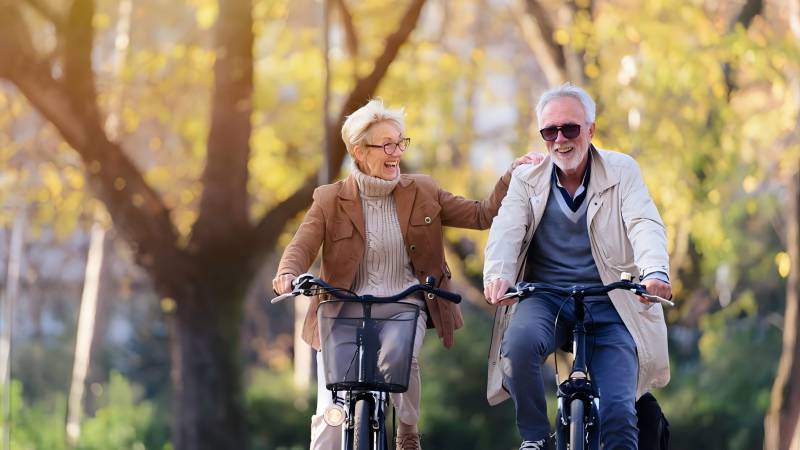
-
- Winter swimming: a new outdoor option!
- By LH 25 Sep,2024
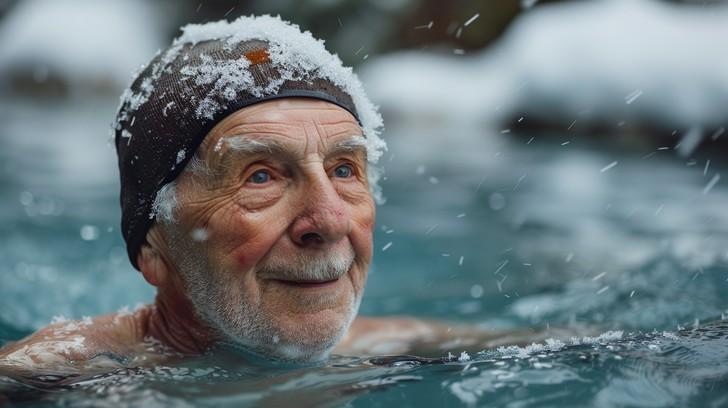
-
- All-round care, warmth along the way
- By LH 08 Oct,2024
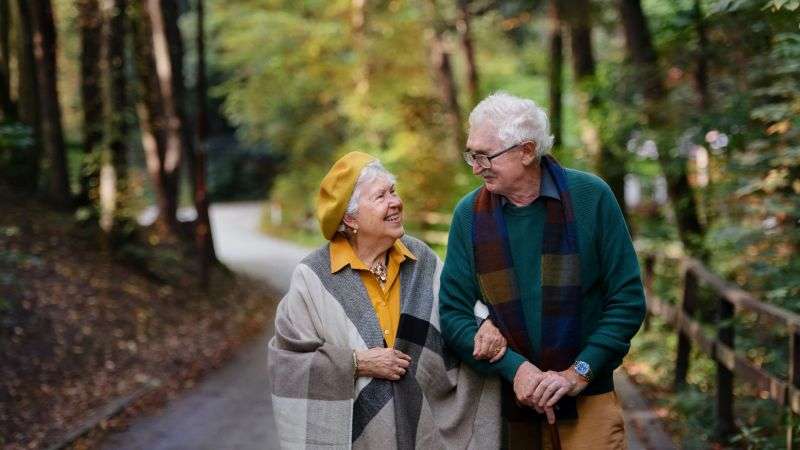
-
- Why Golf is a Fall Favorite for Seniors
- By YCY 08 Oct,2024
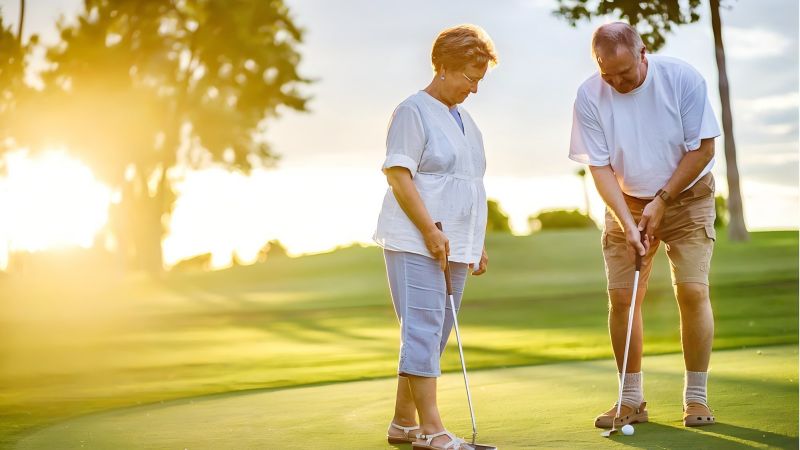
-
- Age is not a barrier! How can the elderly safely enjoy the physical and mental benefits of diving?
- By zh 11 Oct,2024
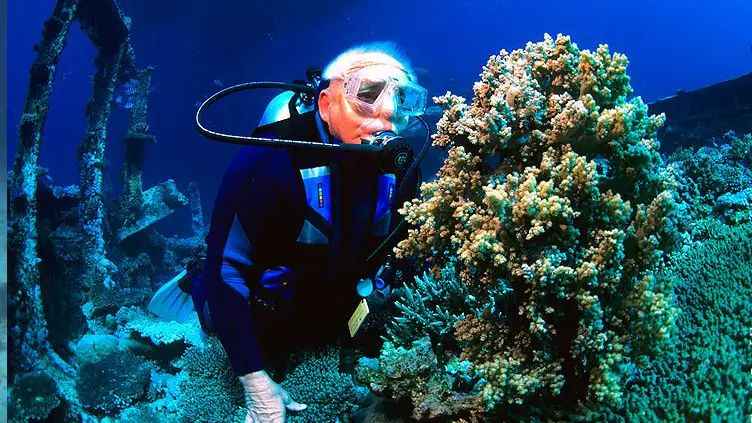
-
- Senior Dance Teams in Autumn Parks
- By yl 14 Oct,2024
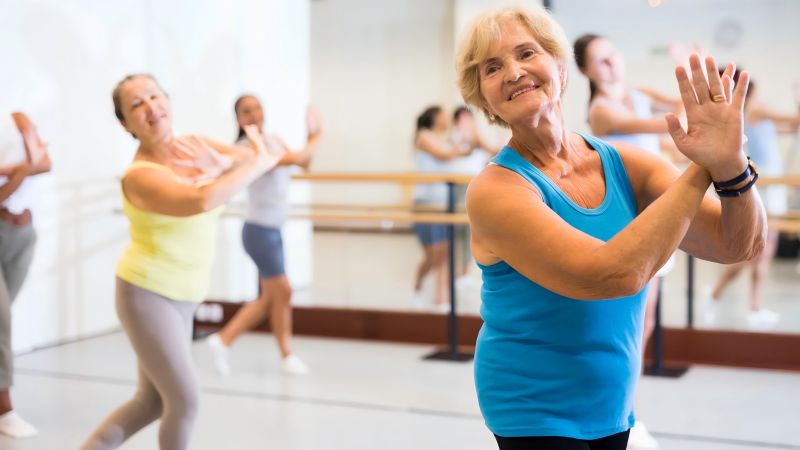
-
- A complete guide to outdoor hiking in the cool autumn weather for the elderly
- By yl 24 Sep,2024
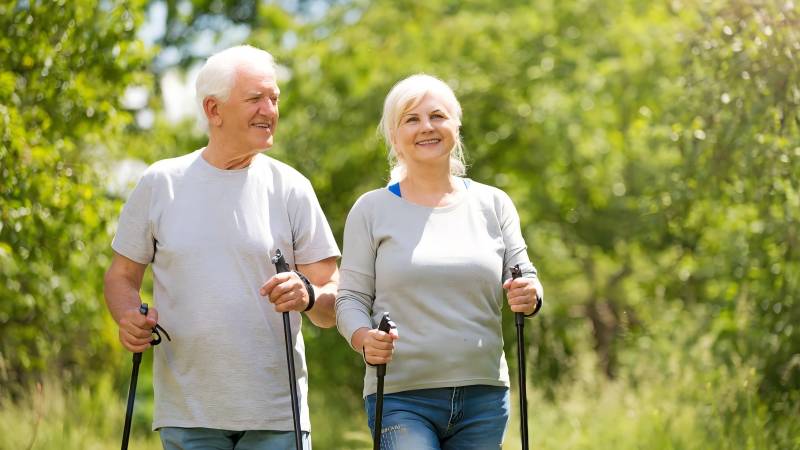
-
- Hiking in Autumn and Winter A Different Kind of Life for the Elderly
- By zyy 25 Sep,2024

-
- Strength training for seniors the key to slowing muscle loss
- By YL 15 Oct,2024
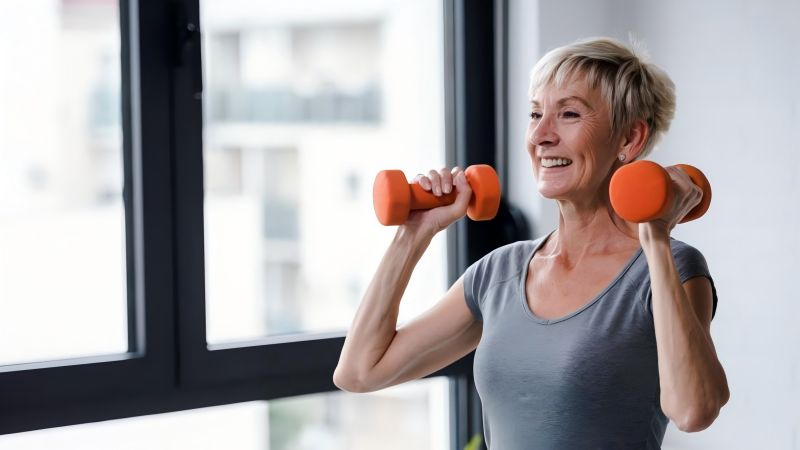
 1
1 1
1